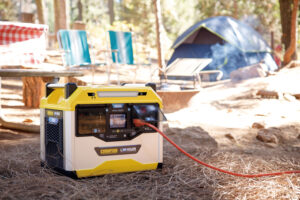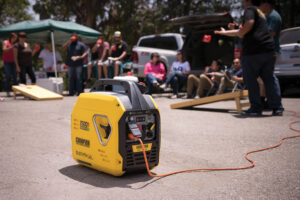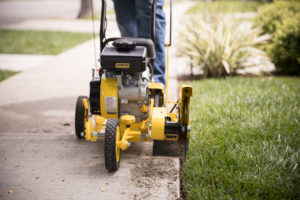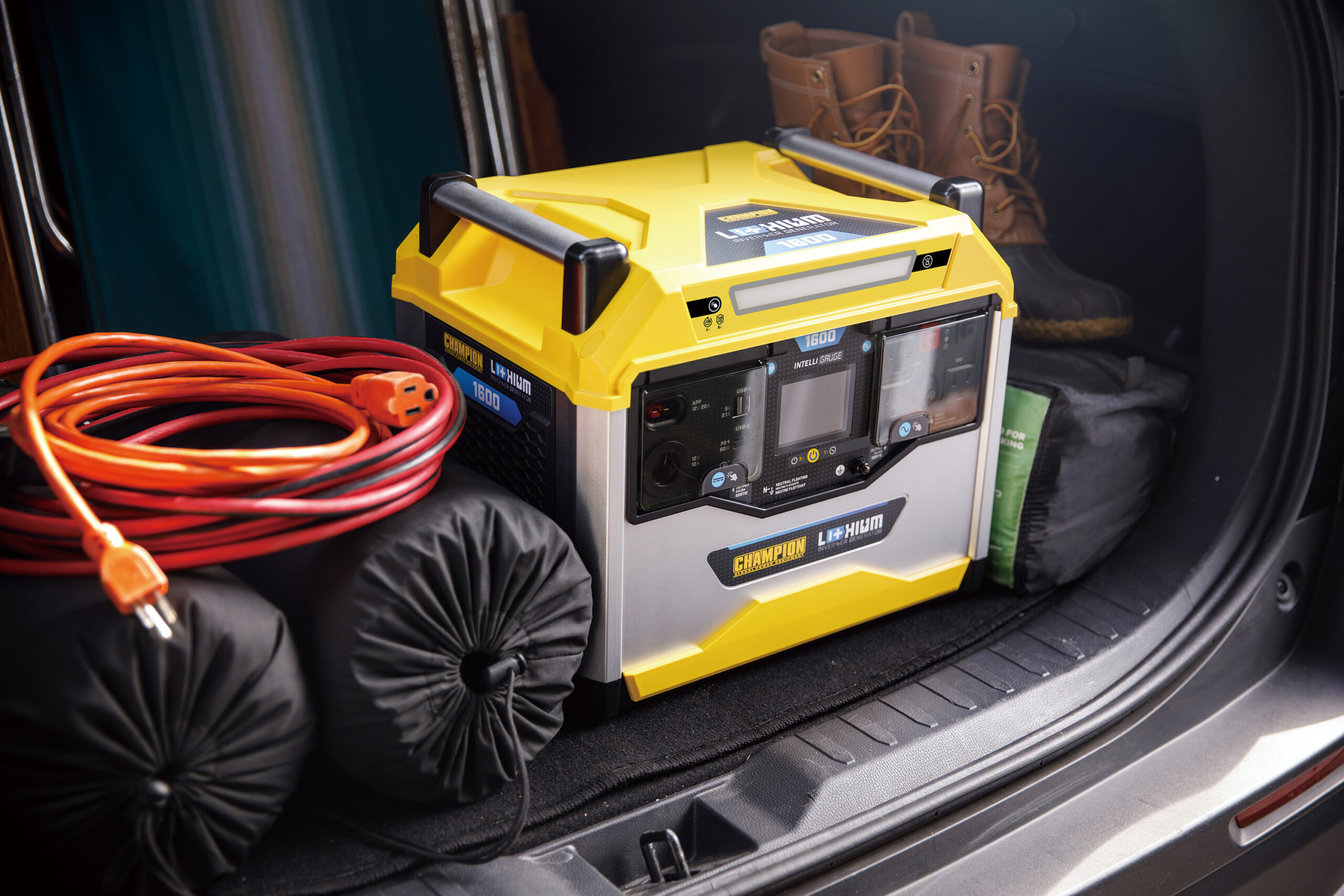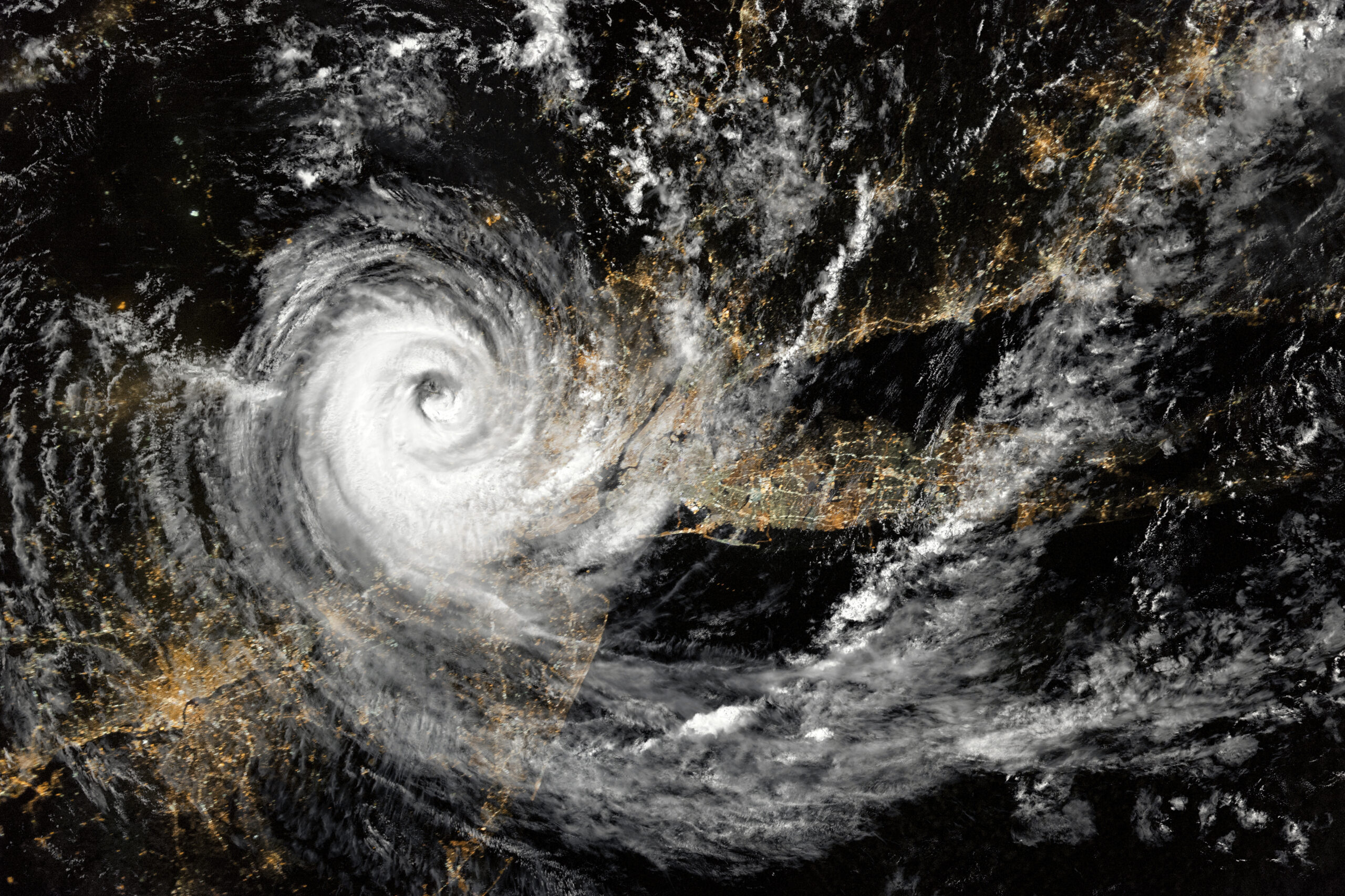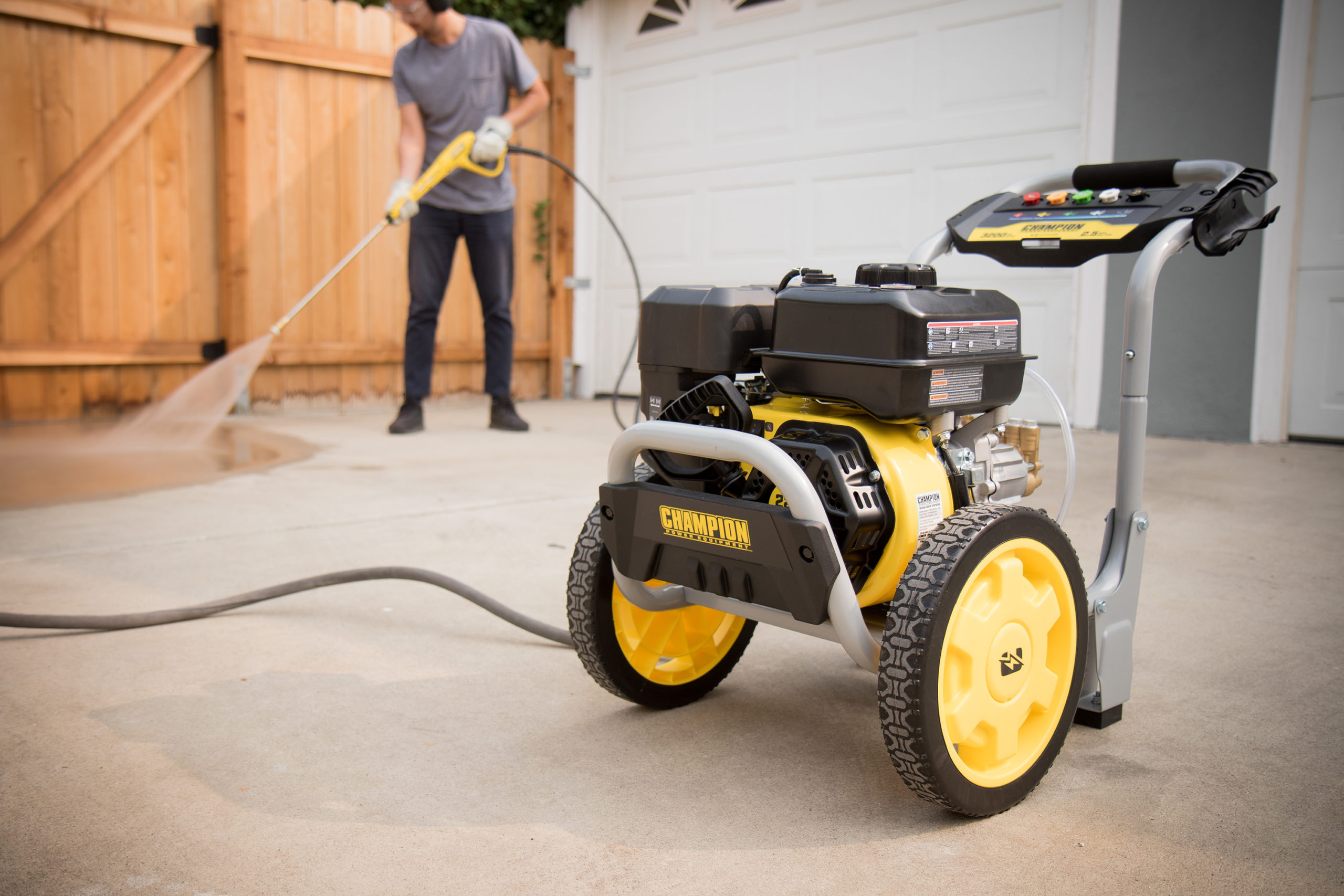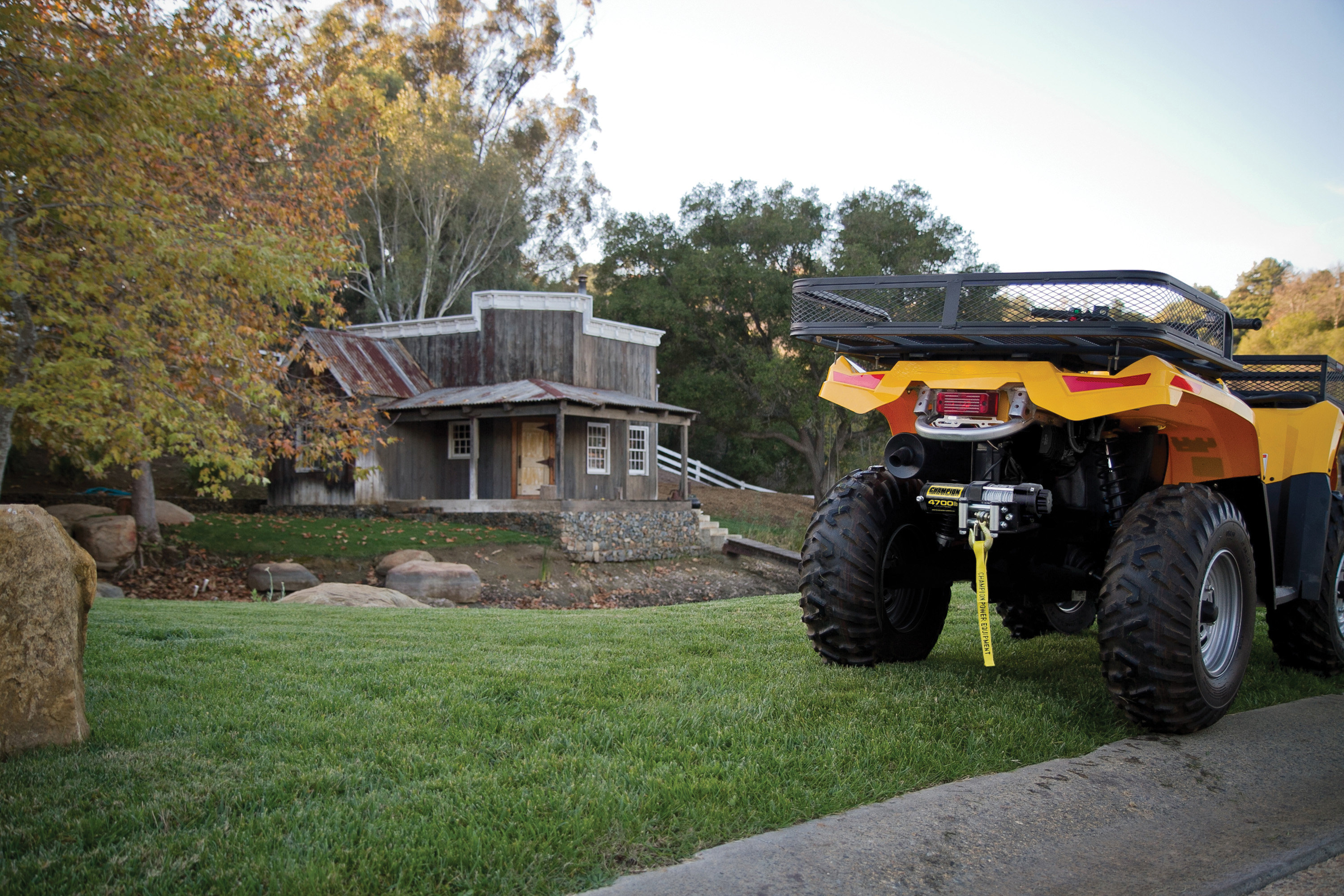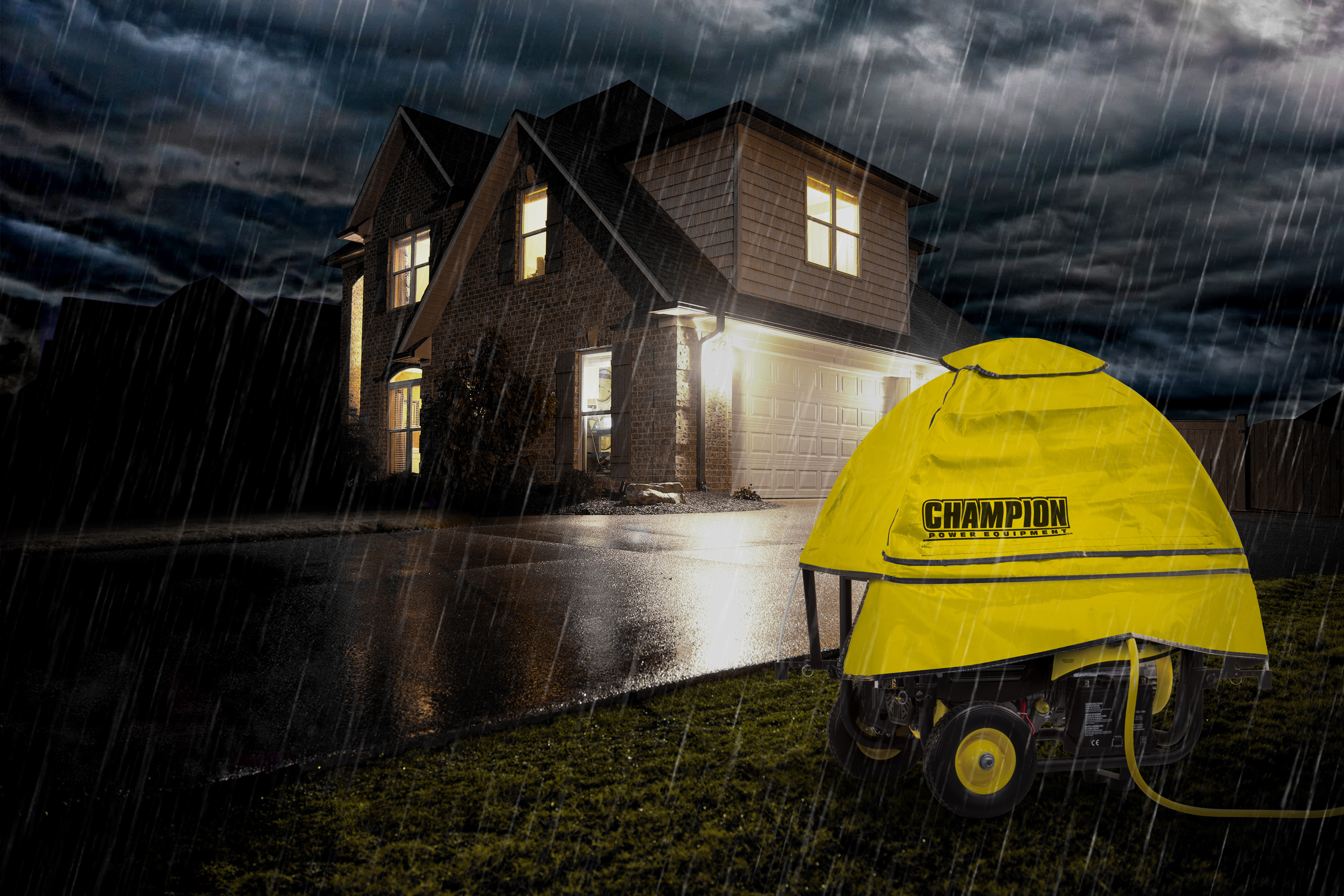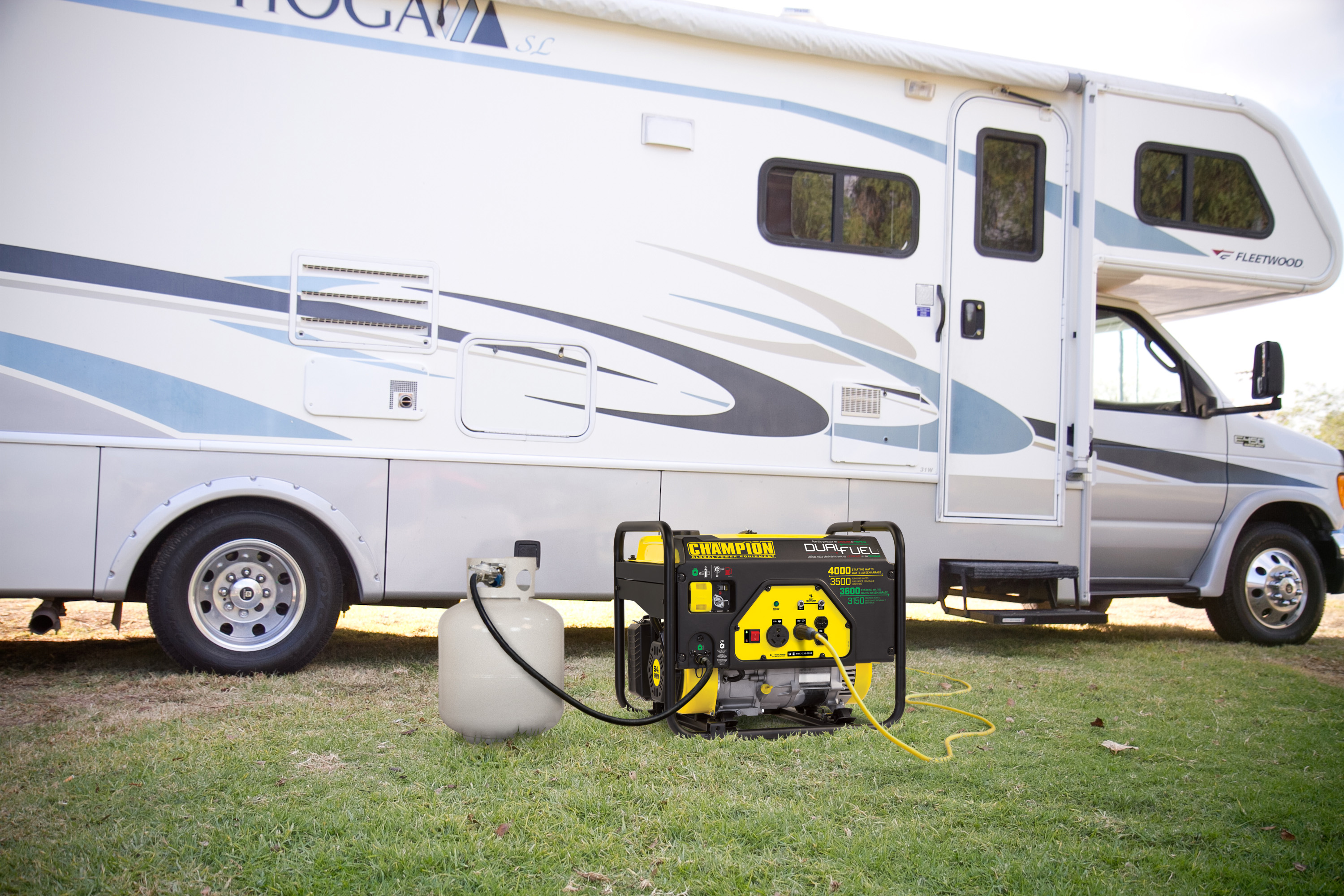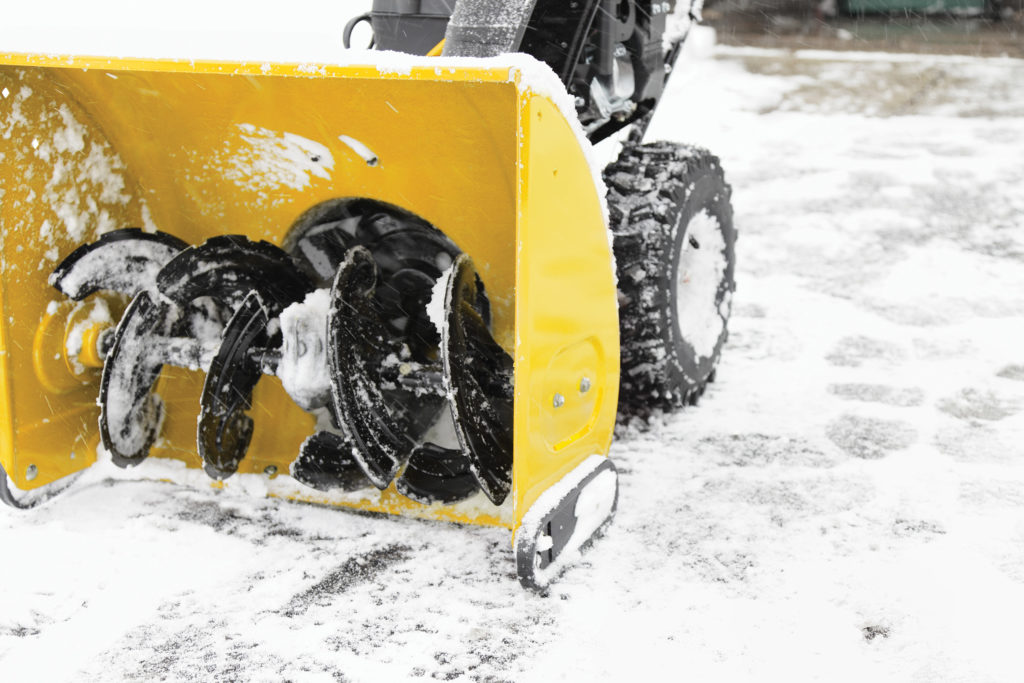Power Up the Fun for Football Season
As fall approaches, now’s the time to start thinking about how you’ll power up your outdoor activities. Whether you’re tailgating, camping, RVing, or attending an outdoor event, an inverter or a power station is a must-have tool to keep all your devices and appliances powered up. By choosing the right inverter or power station for your needs, you’ll be ready to win at fun and life this fall tailgating season and beyond.
What is a Power Station?
A power station, also known as a portable generator or power generator, is a device that generates electrical power for various applications while being compact and easy to move. These units are designed for convenience and versatility, allowing users to have a source of electrical energy in locations without access to a traditional electrical grid or during power outages. power station are typically powered by internal combustion engines or rechargeable batteries.
Portable power stations, regardless of type, are commonly used for various applications, including camping, outdoor activities, RV trips, tailgating, and as emergency backup power sources during power outages. They provide a reliable source of electricity when traditional grid power is unavailable or impractical to access.
When choosing a portable power station, consider factors such as capacity (measured in watt-hours for battery-based units or wattage for gasoline/diesel generators), the number and type of output ports, noise level (for generators), fuel efficiency (for gasoline/diesel generators), and the specific devices or appliances you intend to power. Your choice will depend on your individual needs and the intended use of the portable power station.
What is an Inverter?
An inverter is a device that converts DC (direct current) electricity from a battery or solar panel into AC (alternating current) power that can be used to power household appliances and electronic devices. They are lightweight which means easy transportation, portability, and convenient storage. They are also fully enclosed and therefore quiet, which means you won’t disturb others around you or drown out conversations. If you plan to power sensitive electronics, you’ll appreciate the more refined electrical output offered by an inverter generator.
Although they’re an investment up front, over time, your savings will add up due to the variable speed engine that provides fuel efficiency and extended engine life. If you have a demanding power situation that one inverter generator alone can’t handle, consider a model that allows you to pair two inverters together, giving you the power advantage of a larger, heavier, generator with the lightweight, portable advantage of an inverter.
Some inverters are dual fuel, meaning you can power them with your choice of propane or gasoline, and many come with handy features like built-in USB ports and extra outlets, electric push-button start, and wireless remote start making them even more versatile.
Power Up Your Tailgate Setup
Experienced tailgaters know you’ve got to plan a great setup if you expect maximum fun, and that often involves coolers, grills, and other appliances that need power. An inverter or a power station allows you to power up all the devices you need and more, making sure your tailgate party is a big hit. You can even connect a sound system or television to your inverter or a power station, so no one misses a minute of the action.
Using an inverter or a power station for tailgating is efficient and convenient. Instead of having to carry around a bulky, noisy generator, you can use a lightweight, quiet, and portable inverter or a power station. Most inverters come with a built-in handle and some have wheels so they’re easy to carry and move around.
These two devices can be used for more than just tailgating. It’s also a great tool to have for camping, RVing, and other outdoor activities. You can use them to power up a camping stove, charge your phone, or even run a small fan to keep cool.
Power Up All Your Activities This Fall
Camping during fall is the activity of choice for many folks as the weather cools off. An inverter or a power station can be used to power up a variety of appliances that will make your camping trip more comfortable. You can use either to power a portable heater, coffee maker, or even a small oven.
Fall is a great time to take an RV trip. An inverter or a power station can power all your appliances and electronic devices while on the road. You can use an them to charge your phone, run a TV, or even use a hairdryer.
In addition to tailgating, either of these two devices can be used for other outdoor events like festivals or concerts. Use them to power up a sound system, charge your phone, or even run a popcorn machine!
Choosing the Right Power Station
Power Capacity: Determine how much power you need. Power stations come in a range of sizes, from small, portable units that can charge smartphones and laptops to larger units that can power appliances, tools, or even an entire house. Calculate your power needs in watts or kilowatts to find an appropriate capacity.
Battery Type: Power stations typically use one of two types of batteries: lithium-ion or lead-acid. Lithium-ion batteries are lighter, more efficient, and have a longer lifespan. They are generally a better choice unless you have specific requirements that make lead-acid batteries more suitable.
Portability: Consider how portable you need the power station to be. Smaller units are easier to transport for camping or outdoor activities, while larger units may require wheels and handles for easier mobility.
Choosing the Right Inverter
Wattage and Capacity: When choosing an inverter, it’s important to consider the wattage and capacity of the device. You’ll want to make sure that your inverter is powerful enough to run all your appliances and electronic devices. Most tailgaters will need an inverter with a capacity of at least 2000 watts.
Portability and Durability: If you’re planning on taking your inverter with you on the go, it’s important to choose a device that’s portable and durable. Look for an inverter that is lightweight and has a built-in handle for easy carrying or a wheel kit. You’ll also want to choose an inverter built to withstand outdoor conditions.
Safety Features: Finally, it’s important to choose an inverter that includes features like a low oil shut-off sensor and a surge protector, plus an easy way to monitor voltage, frequency, operating hours, and power consumption. These features will ensure that your inverter operates safely and protects your appliances and electronic devices from damage.
A Must-Have for Fall Tailgating Season
As you gear up for fall tailgating season, don’t forget to add an inverter or a power station to your list of must-haves. They will make sure all your devices and appliances stay powered up so your tailgate party is a success. But don’t forget, you can also use an them for other outdoor activities this fall like camping, RVing, festivals, and more. When choosing an inverter or a power station make sure to consider wattage, capacity, portability, durability, and safety features. With an inverter or a power station in hand, you’ll be ready to win at fun and life this fall.
